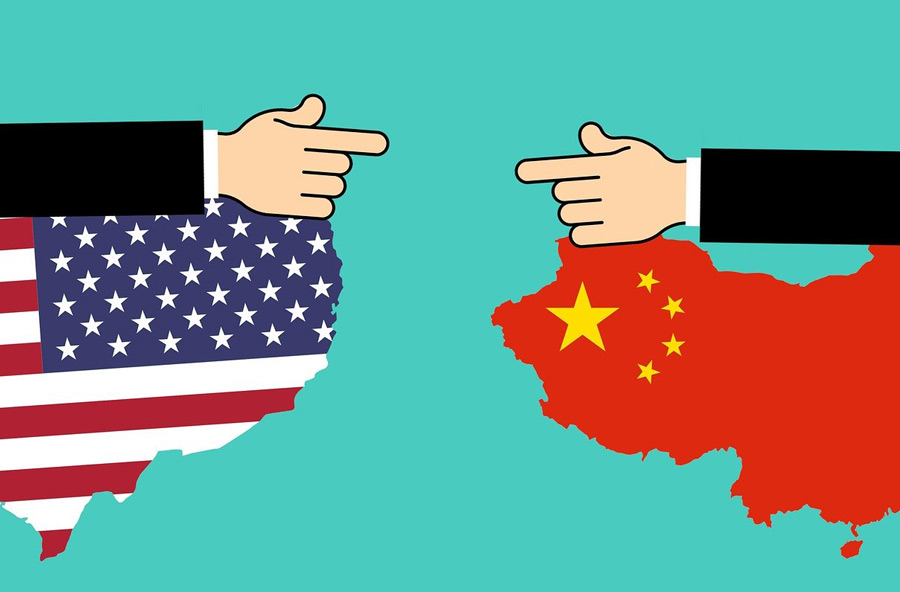Tasneem Mirza, Badri Narayanan and Nico van Leeuwen
There is extensive debate on the causes of growing real wage disparity of skilled and unskilled labour in developed countries since the 1980s. This period of rising income inequality also observed large immigration of low-skilled workers from developing countries and a surge of low-priced imports with greater low-skill intensity. While there is general consensus that globalization impacts relative demand for skilled and unskilled labour, there is little agreement on the magnitude of effects on the growing wage disparity. Some authors argue that trade and migration have significant impacts on trade (Feenstra and Hanson, 1996), while others disagree (Lawrence and Slaughter, 1993; Krugman and Lawrence, 1994). Several factors affecting the demand and supply of labor are discussed in the literature.
The supply of unskilled labor relative to skilled may have changed due to: i) disproportionate migration of unskilled workers from developing countries (Butcher and Card, 1991); ii) increase in education (Wheeler, 2005), each having opposing effects. The relative demand for unskilled labor may have decreased due to: i) skill-biased technological changes (Card and DiNardo, 2002); ii) larger imports and outsourcing of unskilled-labour intensive products (Leamer, 1994); iii) changes in specialization towards greater skill-intensity (Wood, 1998). This paper studies impacts of China’s growth on skill premium in North America. China’s economic reform in the late 1970s and 1980s transformed China from a small, agricultural-based economy to a large player in the global market. Market-oriented outlook and rapid liberalization contributed to significant growth in output. In 1978 China’s exports were only 0.75% of total world exports, which increased to 3% in the mid-1990s and to more than 6% by 2004. The ratio of total trade to GDP increased from 15 to 702. At this time China also observed substantial growth in resources. Rapid population growth (3%) during the 1960s (before the adoption of China’s one-child policy) resulted in a large increase in the workforce during the 1980s and 1990s. In addition, increased capital investments through foreign inflows as well as public investments expanded the resource base facilitating sustained growth in output.

